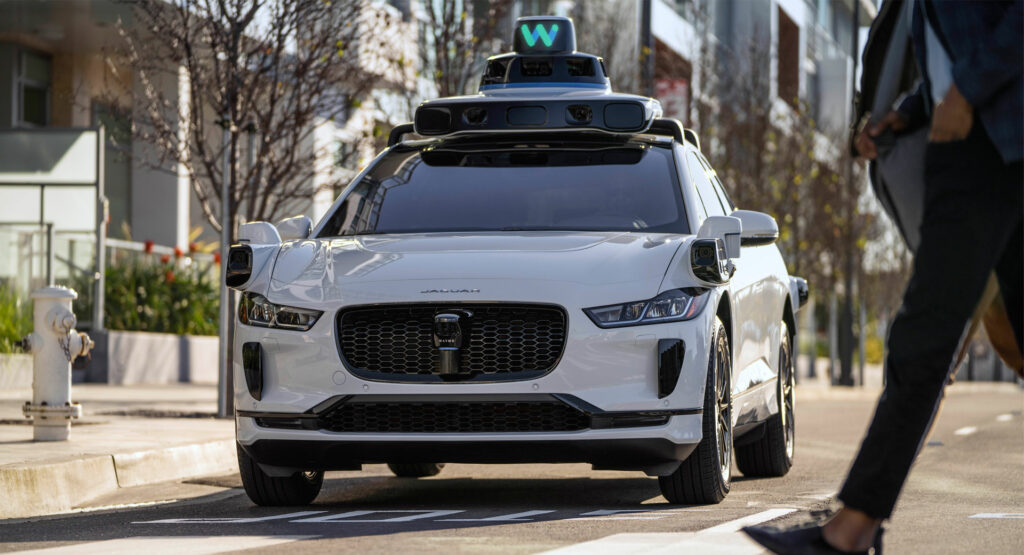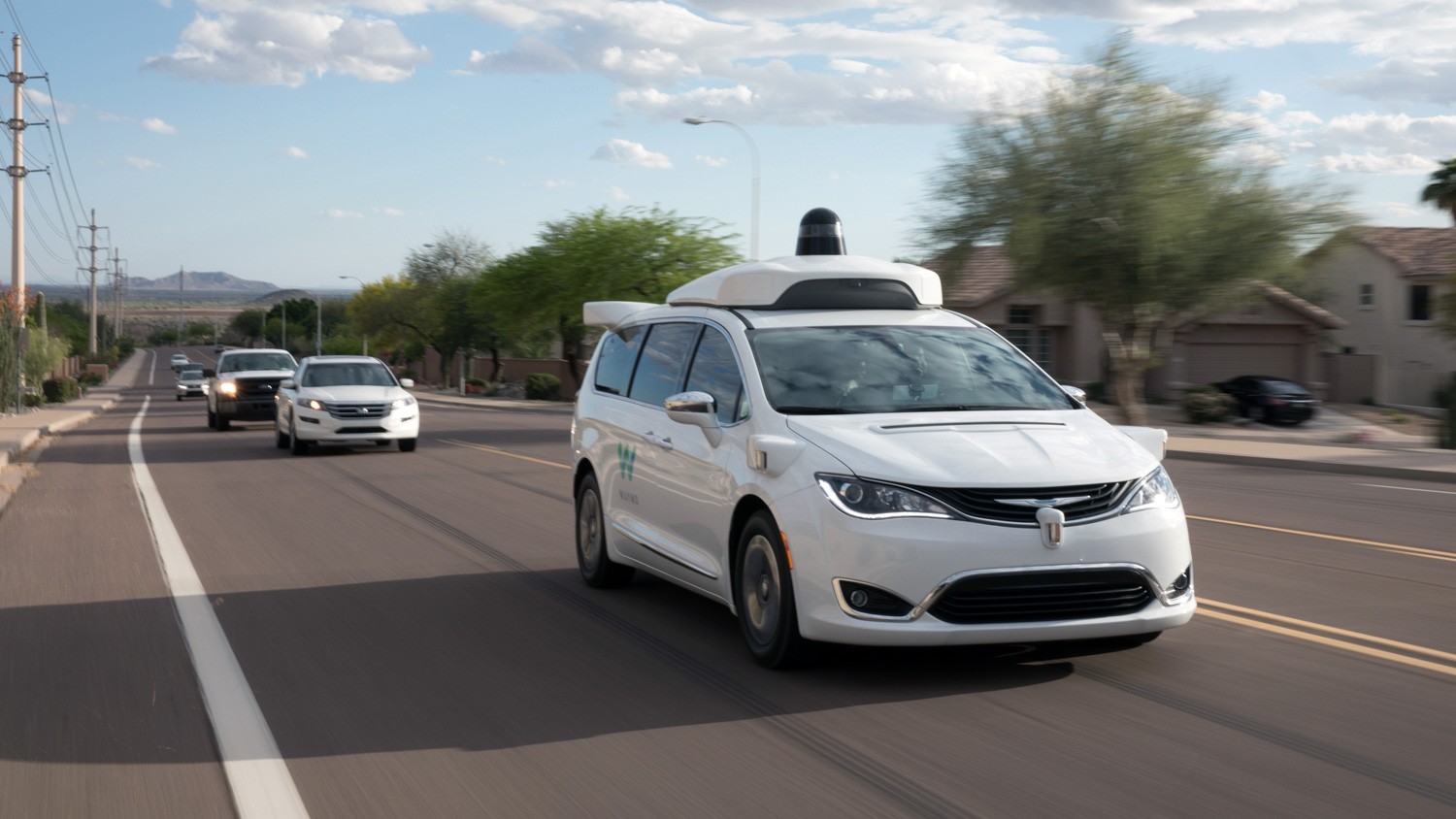Los Angeles traffic is the stuff of legend and nightmares, but that hasn’t stopped Waymo from announcing plans to bring their autonomous ride-hailing service to the city.
Set to join Phoenix and San Francisco, Los Angeles will get “round-the-clock service that provides more accessible and dependable mobility options to all residents.”
Waymo wasn’t shy about Los Angeles’ potential as they noted the city is home to approximately 13 million residents and stated the Los Angeles metropolitan area is the third largest ride-hailing service area in the United States. That means big dollar signs as the company noted the LA area has an estimated market opportunity of $2 (£1.7 / €2) billion, which is the “equivalent of a dozen smaller U.S. ride-hailing market opportunities combined.”
More: Waymo Will Use Autonomous Ride-Hailing Minivans Designed By Geely’s Zeekr
As part of the effort to offer rides in Los Angeles, Waymo has “gotten to know many LA neighborhoods” and will begin driving autonomously in several central districts in the coming months.
Waymo co-CEO Tekedra Mawakana said, “LA is a remarkable, vibrant place – and Waymo’s experience leaves us best positioned to tackle its driving complexity. We’re working closely with Angelenos to ensure we’re addressing the transportation needs and priorities of their communities as we bring the Waymo Driver to LA.”
Speaking of complexity, Waymo noted their vehicles have already driven millions of miles on freeways and said this gives them a “head start handling some of Los Angeles’s most challenging roads.” Waymo went on to point out they’re the first and only company in the world providing autonomous ride-hailing trips to and from an airport and they drive more fully autonomous miles in San Francisco than any other company.
We’ll likely hear more about Waymo’s plans for Los Angeles in the coming months, but Mayor Eric Garcetti said “By adding Waymo to our growing list of ways to get around, we’re making good on our commitment to ease congestion on our streets, clean our air, and give people a better way to get where they need to go.”









